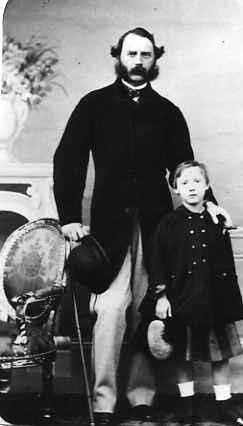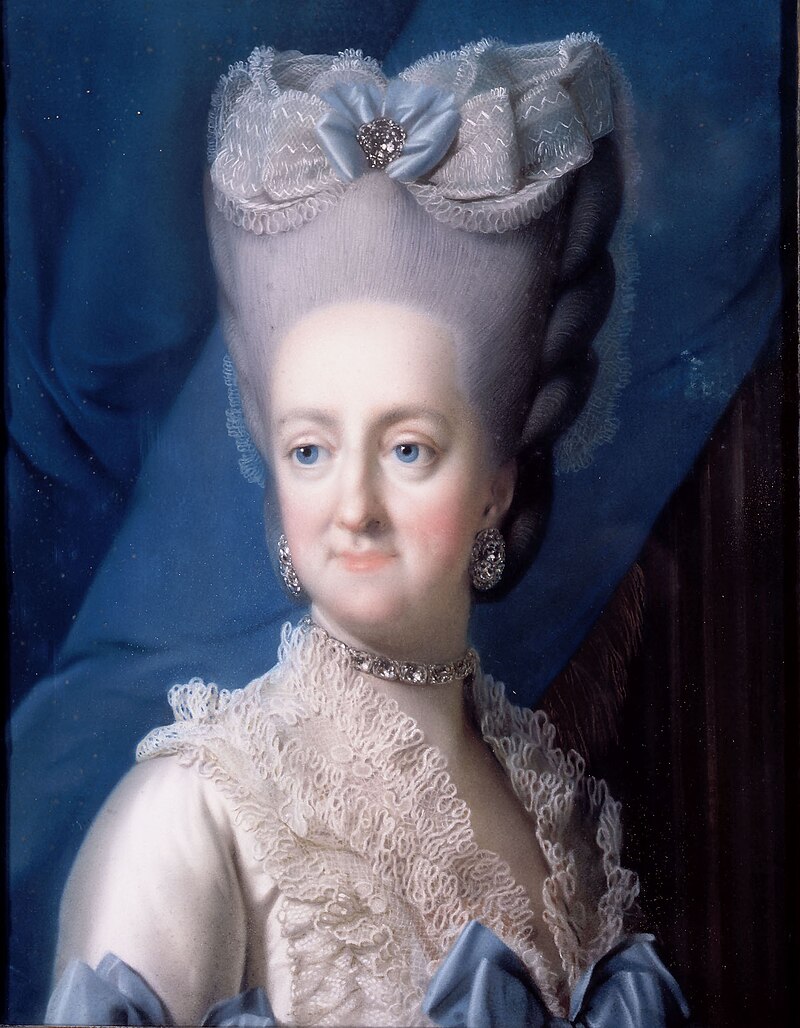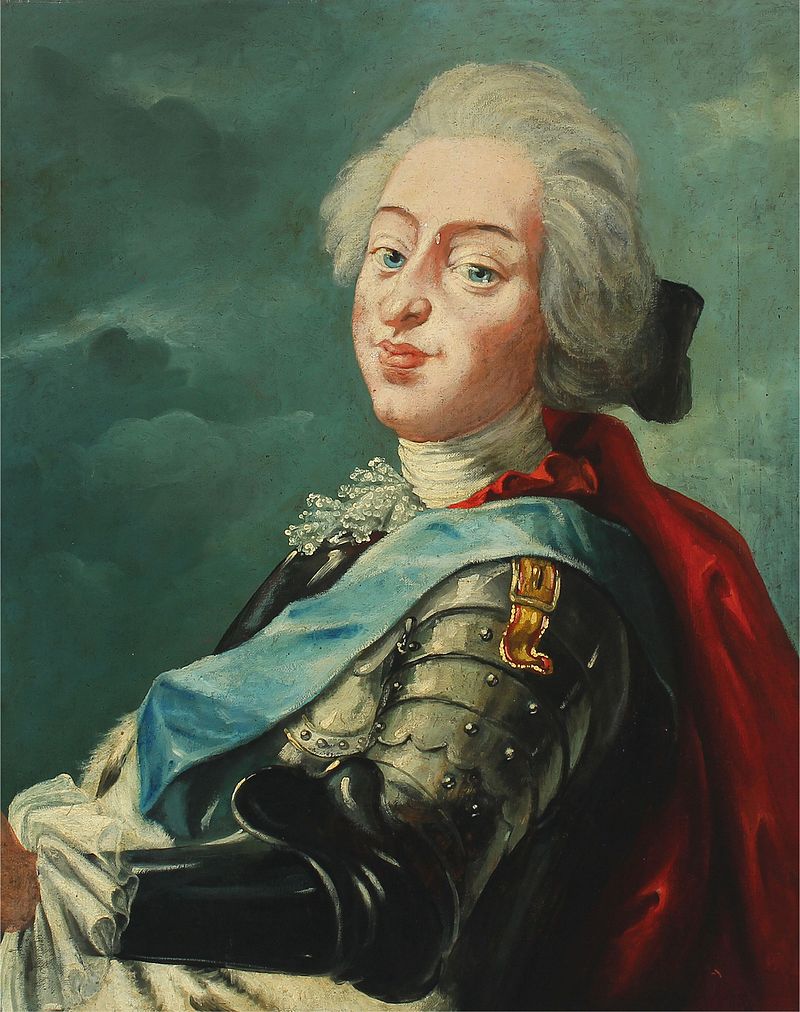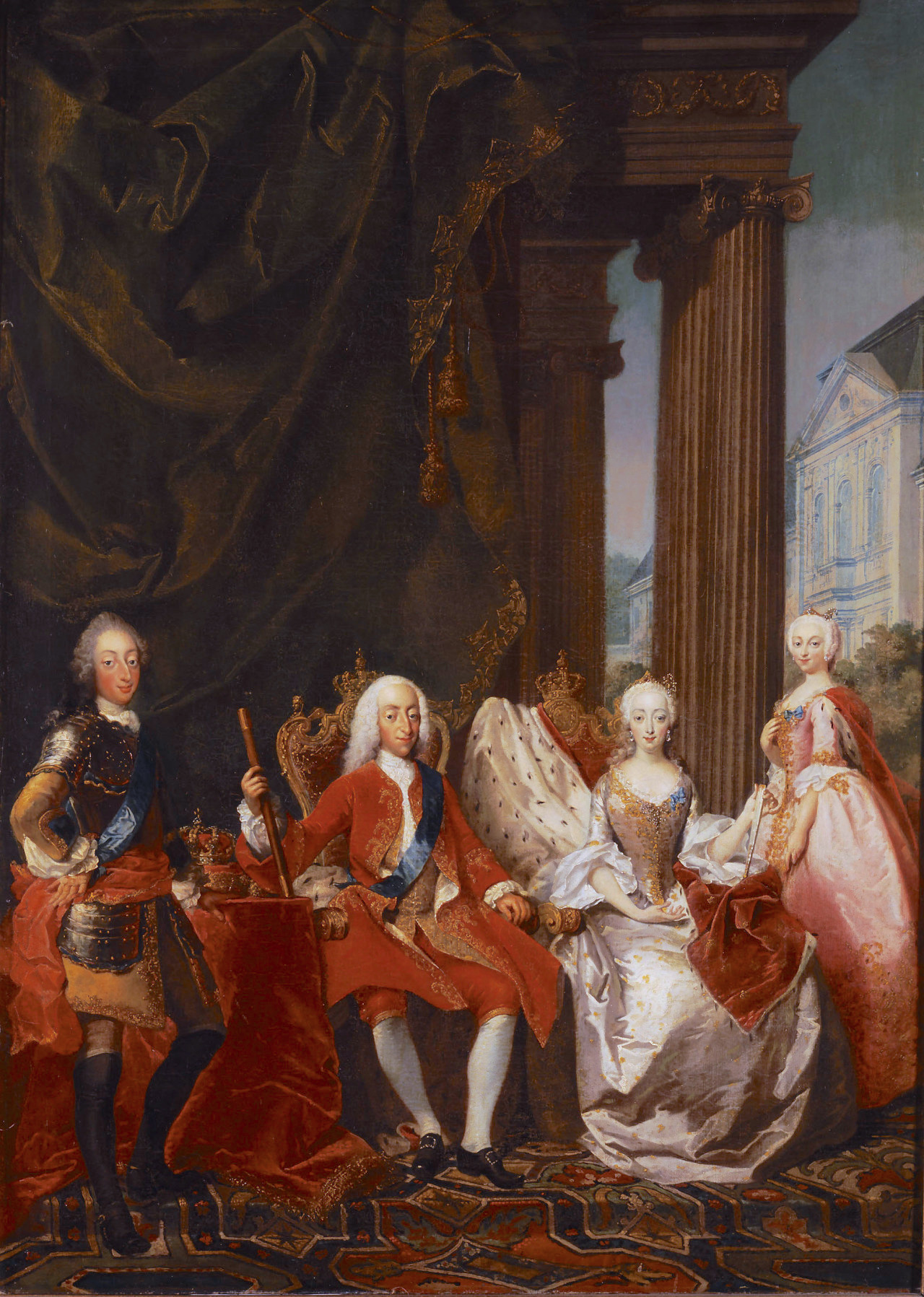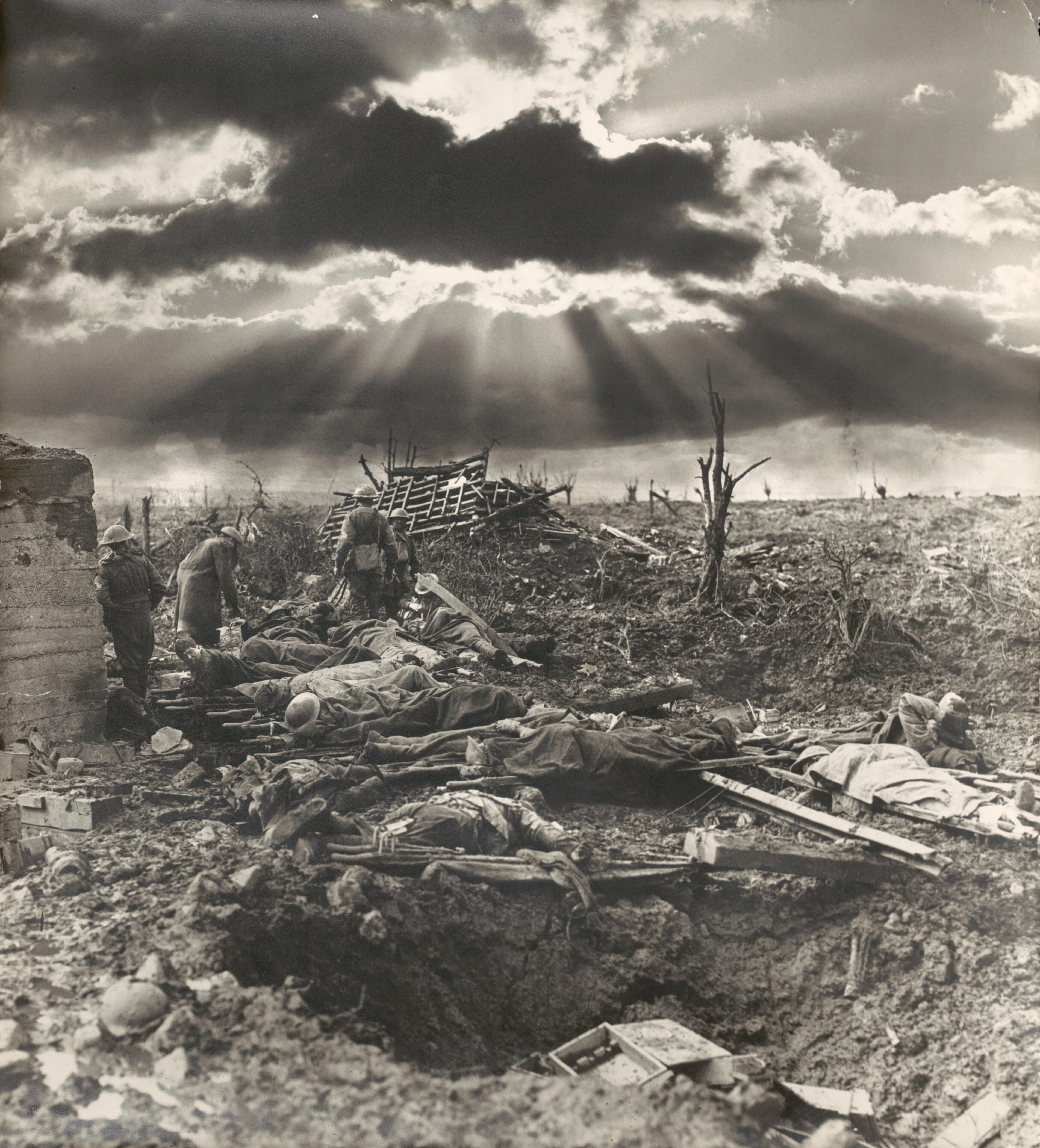by Susan Flantzer © Unofficial Royalty 2017

Crown Prince Mohammad bin Salman; Credit – Wikipedia
Arabic Naming Conventions
- Al – family/clan of…
- bin or ibn – son of…
- bint – daughter of…
Since the Kingdom of Saudi Arabia was founded in 1932 by Abdulaziz “Ibn Saud”, the first King of Saudi Arabia, all six of his successors have come from among his 45 sons. In Saudi Arabia, there is no clear line of succession. All vacancies to the throne have been filled by the Crown Prince. Crown Princes have been appointed according to male line seniority from among the sons of Abdulaziz “Ibn Saud”. If Crown Prince Mohammad, a grandson of Abdulaziz “Ibn Saud”, becomes king, he will be the first king of the next generation.
Mohammad bin Salman bin Abdulaziz Al Saud became Crown Prince of Saudi Arabia on June 21, 2017, when his cousin Prince Muhammad bin Nayef Al Saud, the first grandson of Abdulaziz “Ibn Saud” to be named Crown Prince, was relieved of all his positions by royal decree. Previously Crown Prince Mohammad was Deputy Crown Prince.
Crown Prince Mohammad was born in Jeddah, Saudi Arabia on August 31, 1985. He is the eldest of the six sons of King Salman of Saudi Arabia and his third wife Princess Fahda bint Falah bin Sultan bin Hathleen.
Crown Prince Mohammad has five younger brothers:
- Prince Turki (born 1987)
- Prince Khalid (born 1988)
- Prince Nayef
- Prince Bandar
- Prince Rakan
Crown Prince Mohammad has six older half-siblings from his father’s first marriage to Princess Sultana bint Turki Al Sudairi (died 2011):
- Prince Fahd (1955 – 2001), married Princess Nuf bint Khalid bin Abdallah Al Saud, had four children, died of heart failure
- Prince Sultan (born 1956), married Princess Haifa Bint Saud Al Faisal bin Abdul Aziz Al Saud, had three children, former Royal Saudi Air Force pilot who flew aboard the American Space Shuttle Discovery in 1985 as a payload specialist – first member of a royal family, first Arab and first Muslim to fly in space
- Prince Ahmed (1958 – 2002), married Princess Lamia bint Mishaal, had five children, died of heart failure
- Prince Abdulaziz (born 1960), married Princess Sara bint Khalid bin Musa’ad bin Abdulaziz, had three children
- Prince Faisal (born 1970), married Princess Luloh bint Ahmed bin Mousaed bin Ahmed Al Sudairi, had four children
- Princess Hassa (born 1974)
Crown Prince Mohammad has one younger half-sibling from his father’s second marriage to Princess Sara Bint Faisal Bin Daidan Abu Ateen Al-Subaie (divorced):
- Prince Saud (born 1986), married Chorouk bint Mohammad Almejfel, had one child
Crown Prince Mohammad received his primary and secondary education at the Princes’ School in Riyadh, Saudi Arabia. He then received a bachelor’s degree in law from King Saud University in Riyadh where he was second in his class. In 2007, Mohammad became a full-time adviser to the Saudi Bureau of Experts. He continued in this position until he was appointed a special advisor to his father who was then the governor of Riyadh Province.
In 2008, Crown Prince Mohammad married his first cousin Princess Sara bint Mashhoor bin Abdulaziz Al Saud. The couple has five children:
- Prince Salman
- Prince Mashhour
- Princess Fahda
- Princess Nora
- Prince Abdulaziz
In 2012, Mohammad’s father Salman was named Crown Prince following the death of his brother Crown Prince Nayef bin Abdulaziz Al Saud. On January 23, 2015, King Abdullah died (reigned 2005 – 2015) and 79-year-old Crown Prince Salman became King. Prince Mohammad bin Salman was then appointed Minister of Defense. King Salman’s brother Deputy Crown Prince Muqrin bin Abdulaziz Al Saud became Crown Prince but he died three months later. Prince Muhammad bin Nayef, the son of the Crown Prince that Salman had replaced in 2012, was named Crown Prince, and Salman’s son Mohammad was named Deputy Crown Prince. On June 21, 2017, Prince Muhammad bin Nayef was replaced as Crown Prince by Prince Mohammad bin Salman in a move, according to the New York Times, that was “upending decades of royal custom and profoundly reordering the kingdom’s inner power structure.”
Crown Prince Mohammad is the power behind the throne. There has been much media speculation as to the state of King Salman’s health. Some media reports have suggested that the King is suffering from some form of dementia, possibly Alzheimer’s Disease. There has been no formal statement from the Royal Court regarding these claims.
Crown Prince Mohammad has instituted several successful reforms including restrictions on the powers of the religious police, allowing women to drive, the first Saudi public concerts by a female singer, the first Saudi sports stadium to admit women, and an increase in women in the workforce. Despite this, his leadership and his violation of human rights have been criticized internationally.
On November 4, 2017, there was an announcement that at the request of Crown Prince Mohammad, billionaire Prince Al-Waleed bin Talal bin Abdulaziz al Saud, a grandson of Abdulaziz “Ibn Saud”, along with over forty Saudi princes and government ministers, was arrested on charges of corruption and money laundering. The New York Times wrote: “The sweeping campaign of arrests appears to be the latest move to consolidate the power of Crown Prince Mohammed bin Salman, the favorite son and top adviser of King Salman. The king had decreed the creation of a powerful new anti-corruption committee, headed by the crown prince, only hours before the committee ordered the arrests.”
In October 2018, Jamal Khashoggi, a Saudi journalist and a critic of the crown prince went missing after entering the Saudi consulate in Istanbul. Turkish officials believe that Khashoggi was murdered at the consulate and many intelligence agencies around the world believe that the crown prince ordered the murder.
This article is the intellectual property of Unofficial Royalty and is NOT TO BE COPIED, EDITED, OR POSTED IN ANY FORM ON ANOTHER WEBSITE under any circumstances. It is permissible to use a link that directs to Unofficial Royalty.
Works Cited
- Aljazeera.com. (2017). Profile: Crown Prince Mohammed bin Salman. [online] Available at: http://www.aljazeera.com/indepth/features/2017/06/profile-saudi-crown-prince-mohammed-bin-salman-170621130040539.html [Accessed 8 Nov. 2017].
- En.wikipedia.org. (2017). Mohammad bin Salman. [online] Available at: https://en.wikipedia.org/wiki/Mohammad_bin_Salman [Accessed 8 Nov. 2017].
- Kirkpatrick, D. (2017). Saudi Arabia Arrests 11 Princes, Including Billionaire Alwaleed bin Talal. [online] Nytimes.com. Available at: https://www.nytimes.com/2017/11/04/world/middleeast/saudi-arabia-waleed-bin-talal.html [Accessed 8 Nov. 2017].
- Ar.wikipedia.org. (2017). محمد بن سلمان آل سعود. [online] Available at: https://ar.wikipedia.org/wiki/%D9%85%D8%AD%D9%85%D8%AF_%D8%A8%D9%86_%D8%B3%D9%84%D9%85%D8%A7%D9%86_%D8%A2%D9%84_%D8%B3%D8%B9%D9%88%D8%AF [Accessed 8 Nov. 2017]











